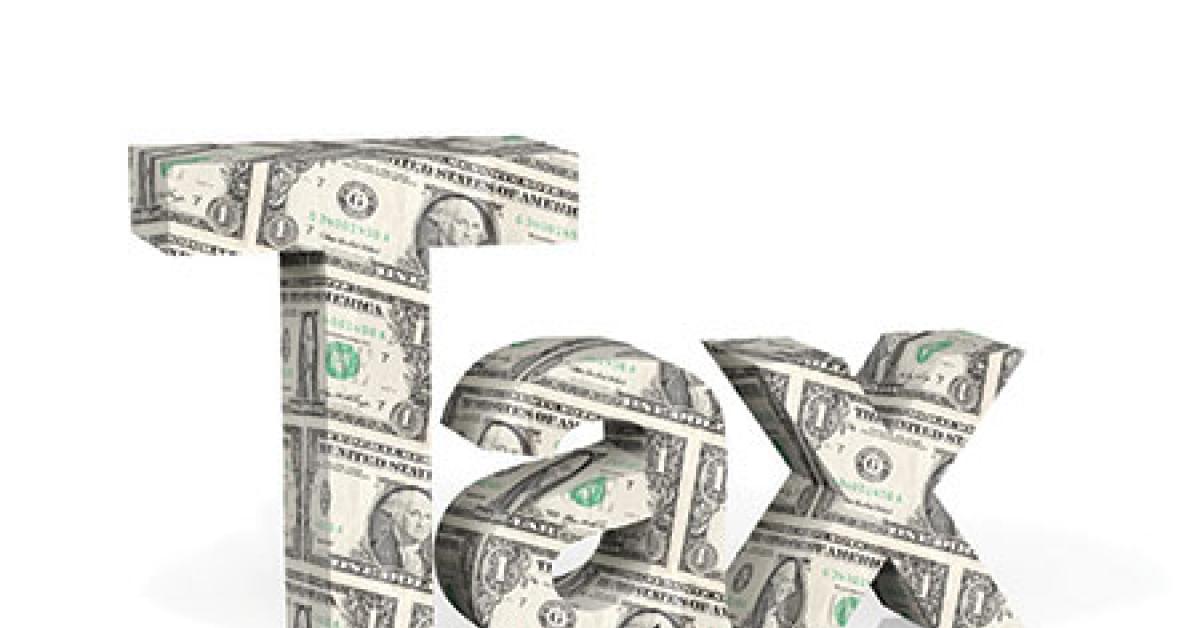ARDMORE, Pa. — Interest rates remain close to their historical lows but financing for many drycleaning businesses continues to be elusive. One problem: lower interest rates have translated into lenders and investors being more selective. However, if a bank won't lend the drycleaning business money, there are now lots of other options.
Any quest for funding must begin with an understanding of the various types of financing, where that funding may be found, and at what cost. What type of funding can best help your drycleaning operation’s growth plans become a reality?
THE BUY-OR-LEASE STRATEGIES
Leasing is an important growth strategy for many drycleaning businesses. It is a means of gaining access to needed equipment, obtaining financing, and reducing a business’ exposure to the risks of ownership. There is no rule of thumb for whether buying or leasing is the best strategy.
Generally, drycleaning businesses with a strong cash flow and many financing options can buy needed equipment outright, or they can borrow to acquire needed equipment with a long operating life. If cash flow is an issue and the equipment must remain operable for longer periods, a long-term capital lease, with a final residual payment, will usually result in lower monthly payments.
However, short-term savings may result in higher costs over the entire leasing period. This is especially true with a finance lease where the user can purchase the equipment at the end of the lease. Obviously, it pays to determine any end-of-lease costs beforehand.
Furthermore, although taxes play a role in whether to lease or to purchase, they should not be the deciding factor either. Things may also be changing in the way leases are accounted for on the drycleaning operation’s books.
Under current rules, dry cleaners can generally classify leases as “operating leases” and keep them off their balance sheets. This so-called “off-balance-sheet financing” can make a business look less indebted than it really is. On the horizon, however, the Financial Accounting Standards Board (FASB) has issued Proposed Accounting Standards Update, Leases (Topic 842), which creates a new approach to lease accounting that would require assets and liabilities arising from leases to be recognized on the balance sheet.
THE ESOP OPTION
An employee stock ownership plan (ESOP) can be a tax-effective way to transfer ownership of a small, incorporated drycleaning business to its employees while raising the funds needed for the operation’s growth. With an ESOP, the business issues new shares of stock and sells them to the ESOP. The ESOP then borrows funds to buy the stock. The drycleaning business can use the proceeds from the stock sale to its own benefit—growth or expansion.
The business repays the loan by making tax-deductible contributions to the ESOP. The interest and principal on ESOP loans are tax-deductible, which can reduce the number of pre-tax dollars needed to repay the principal by as much as 34%, depending on the operation’s tax bracket. Remember, however, the tax shield does not help with S corporations since they don’t pay corporate income taxes. Capital gains deferral, however, can make ESOPs attractive to these pass-through business entities.
BETTER CREDIT
Things go a lot easier when potential lenders, suppliers and partners can decide to take a risk based on a drycleaning business’ credit history and capability of repaying obligations. With strong business credit, a business can borrow at a lower cost, with more favorable terms. In fact, many small dry cleaners with good business credit have discovered it is possible to get loans without an onerous and often-embarrassing personal guarantee.
There are a number of proven strategies that can help establish or improve the credit worthiness of any drycleaning business and gain recognition from the credit reporting agencies:
- Every drycleaning business should be registered with some, if not all, of the business credit bureaus, such as Dun & Bradstreet (D&B).
- Apply for a business credit card. In business, the 5-3-2 rule is key: a business’ credit record is not considered established and solid until it has at least five trade accounts, at least three credit cards, and at least two small loans fully paid off.
- Financial statements and a professional business plan are necessities. These documents are also required by many credit grantors.
- Finding companies willing to grant credit to the drycleaning business without a personal credit check or guarantee is another good strategy. This step can help build a business credit report as well as provide a financial foundation for the operation.
- Monthly payments to credit grantors will keep a business credit profile active.
- Having a website may not seem like a must to build or maintain business credit, but D&B now shows and lists websites on credit files. Many banks also use the fact the operation has a website as a positive factor in determining the creditworthiness of a borrower.
Obviously, financing the growth of the drycleaning business is a complex affair. Funding to help grow and expand the operation is, however, widely available to those dry cleaners willing to do their homework. Comparison shopping for lenders, rates and terms is strongly recommended.
Miss Part 1? You can read it HERE.
Information in this article is provided for educational and reference purposes only. It is not intended to provide specific advice or individual recommendations. Consult an attorney or tax adviser for advice regarding your particular situation.
Have a question or comment? E-mail our editor Dave Davis at [email protected].
